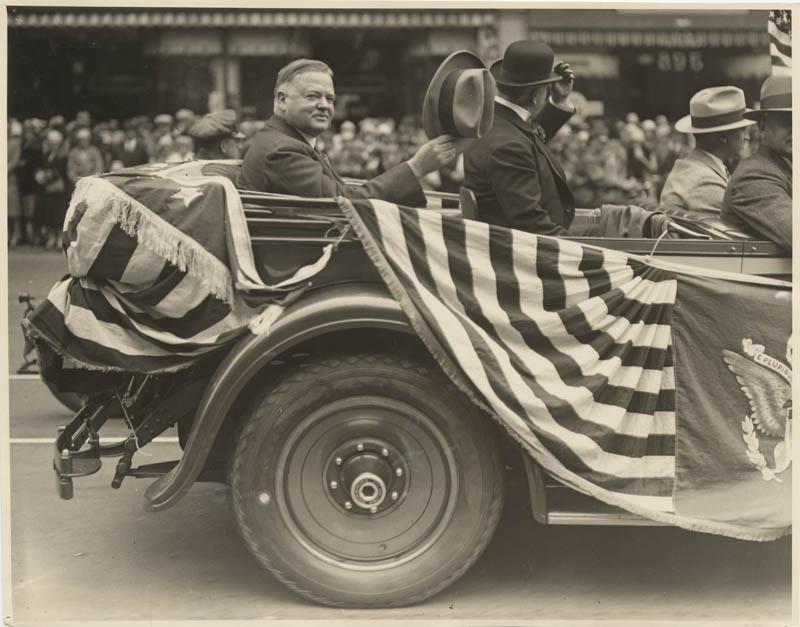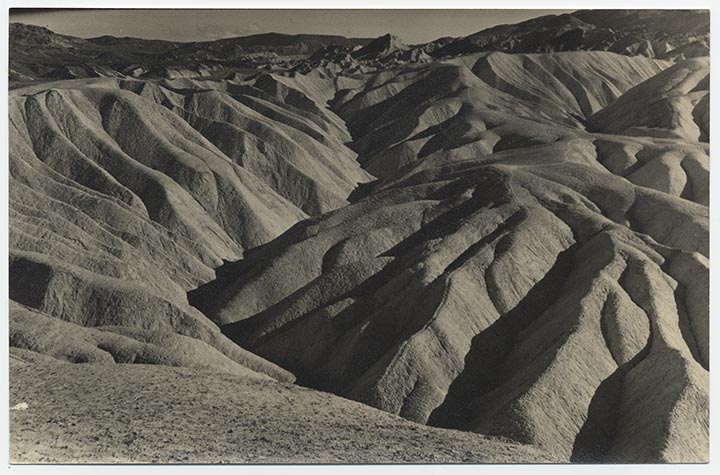
President Herbert Hoover issues Proclamation 2028 preserving some 2 million acres of “scenic, scientific and educational interest” in southeastern California that also happen to be the hottest and driest place in North America. Its sprawling badlands, canyons, mountains, salt flats and sand dunes are quintessential desert and serve as the backdrop for dozens of movies, including the original Star Wars trilogy. Ghost towns dot the sometimes bleak but beautiful landscape that in early spring is awash in wildflowers.
Death Valley’s Badwater Basin, 282 feet below sea level, is the lowest point in North America. Badwater is 85 miles from 14,505 foot Mt Whitney, the tallest point in the contiguous 48 states. Both are located in Inyo County.

Death Valley wins its name from a wagon train that enters the area on Christmas Eve 1849 and can’t find a way out of the 120-mile long basin. Water is plentiful at various springs and only one elderly member of the party dies before they burn their wagons and hike out. Nonetheless, as they leave the valley one of the women turns and says: “Goodbye Death Valley.”

Mining of borax helps colonize the inhospitable valley. Boron has one of the chief borax deposits in the world of the mineral used in detergents, cosmetics and glazes – among other things. Death Valley also contains Scotty’s Castle, named for Walter Scott even though the Spanish Revival home was actually built by Chicago millionaire Albert Johnson.

Hoover’s proclamation is one of his last acts as president. Declaring Death Valley a national monument halts mining there but four months after the proclamation is issued and Franklin Delano Roosevelt is president, Congress lifts the ban. Death Valley becomes a national park through 1994’s Desert Protection Act with 95 percent of the park designated as wilderness area. With the addition of another 1.3 million acres, it also becomes America’s largest national park outside of Alaska.
